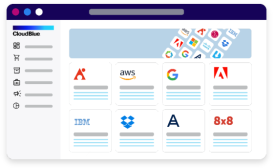The term “burn multiple” refers to a measure of how quickly a startup is burning through its available cash reserves. It is an important metric for investors and stakeholders to evaluate a startup’s financial health and sustainability. The burn multiple is calculated by dividing the total cash a startup has remaining by its monthly burn rate, which is the rate at which the startup is spending its cash.
For example, if a startup has $1 million in cash remaining and a monthly burn rate of $100,000, the burn multiple would be 10 (i.e., $1 million divided by $100,000). This means that the startup has enough cash to sustain its operations for 10 months before it runs out of money.
The burn multiple is particularly relevant for startups that are in the early stages of development, as they typically have high burn rates as they invest in research and development, marketing, and other activities to grow their business. Investors use the burn multiple as a key indicator of a startup’s runway, which is the amount of time a startup has before it needs to raise additional funding or achieve profitability.
If a startup’s burn multiple is low (i.e., less than 12 months), it may indicate that the startup is at risk of running out of cash in the near future, which can be a warning sign for investors. On the other hand, if a startup has a high burn multiple (i.e., more than 18-24 months), it may indicate that the startup is being overly cautious with its spending or that it has not yet found a scalable path to growth.













